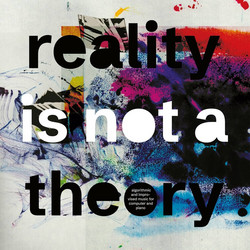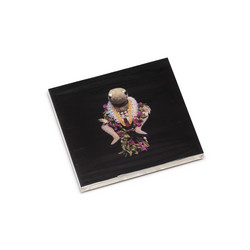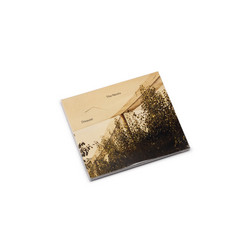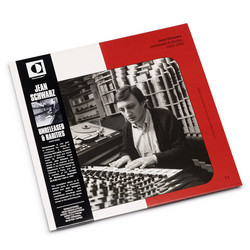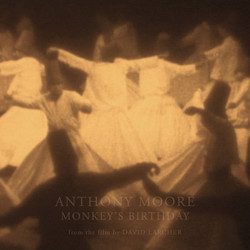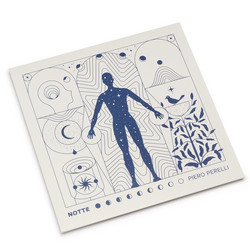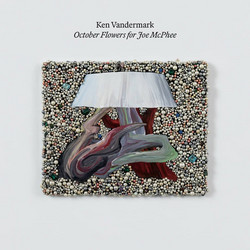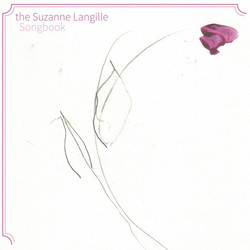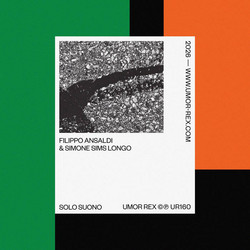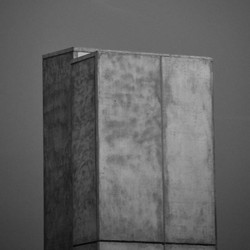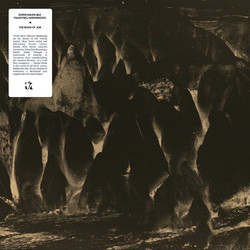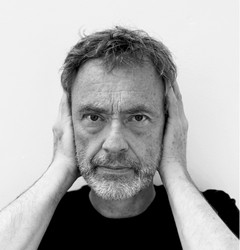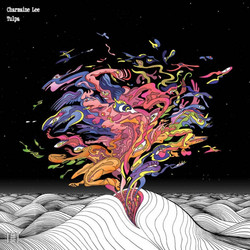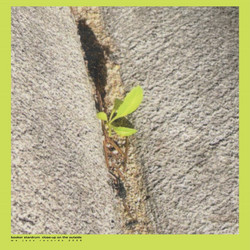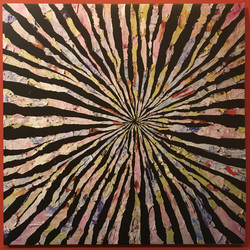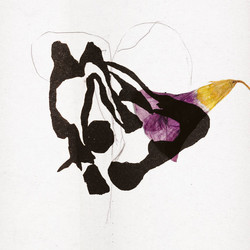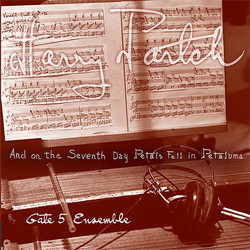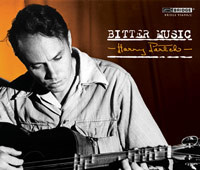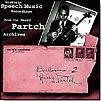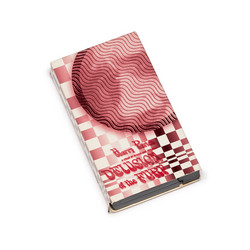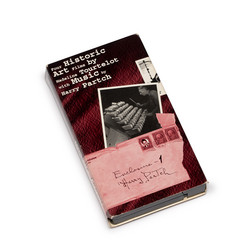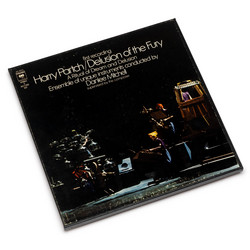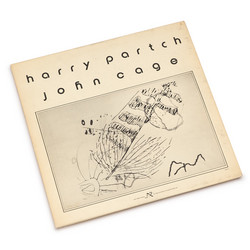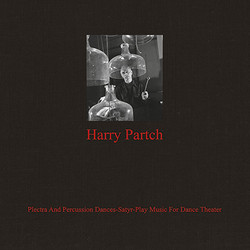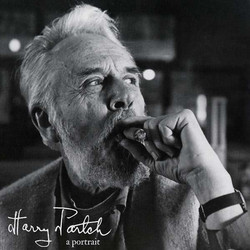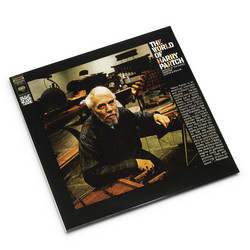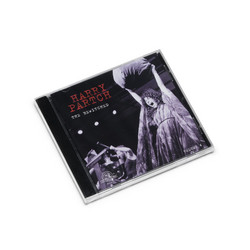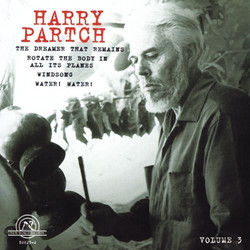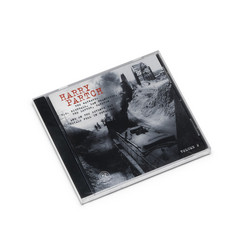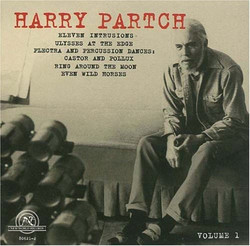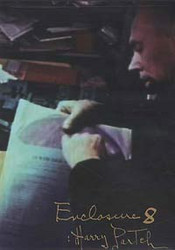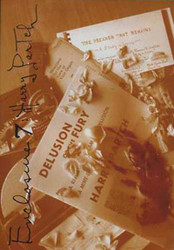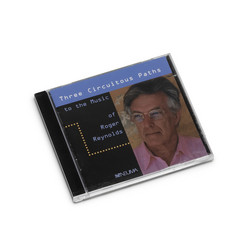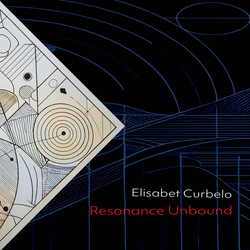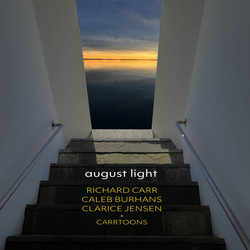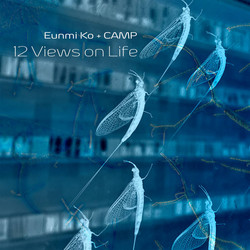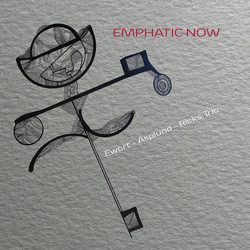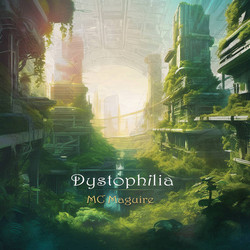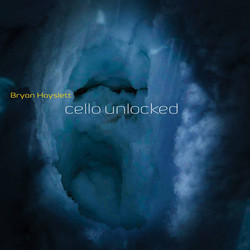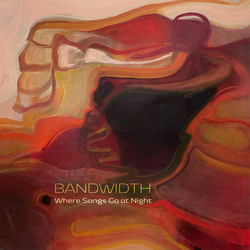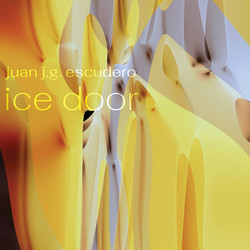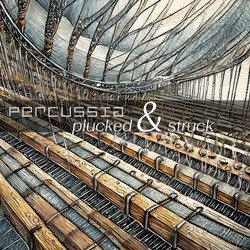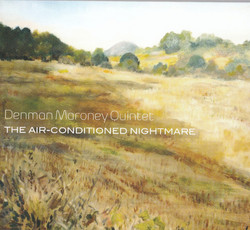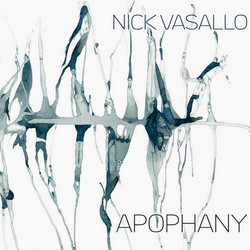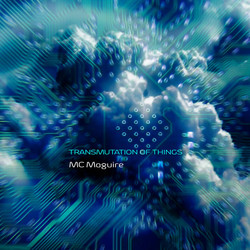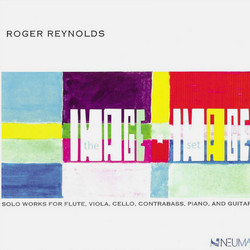Dramatic moments of enlightenment – when the mask is dropped and truth revealed – are found in tales from the Buddha and Euripides to Scooby Doo and Star Wars. And few artists have been as fascinated by niggling the clueless or deflating the stuck-up as Harry Partch (1901-1974). As a lifelong outsider, the conformist society he experienced and the narrow-minded attitudes (not to mention musical delusions) that permeated it, are themes to which he often returned. In the 1950s, seeing a world that could use a good dose of reality, he hit upon the idea of a witch who would go around scenes of everyday American life, and, wielding her ancient magical powers, deliver a much-needed smiting of self-awareness. Harry would write the ‘background music’ for them.
With a real-life chorus of lost musicians at his disposal (renegade players from the Bay Area, disillusioned by their regular gigs, who would show up at his Gate 5 studio in Sausalito to hang loose and play his instruments), he had the basis of The Bewitched (A Ballet Satire). The set ups for the denouements occur in ten scenes covering a soap opera’s range of episodes, all ripe for revelation: students out for an exotic club night, a dreary music class, a smarmy seducer, a new-music fan, a losing basketball team taking a hot shower, first kissers in a stairwell, slapstick detectives, a judge in his court, a politician in paradise with scandalous houris, and a cocktail party of the fashionable elite. You get the idea. It’s a good dose of fun with a serious intent and more reveals than HGTV. The musicians themselves also participate in the psychological stripteases, united by the common bond of music, conjuring their collective energy before disappearing again.
Only produced a few times since its premiere in Illinois in 1957, this 1980 production on his original set of instruments, directed by Danlee Mitchell, was the first Partch work to be taken abroad (in a radical production conceived by Kenneth Gaburo). It was the centerpiece of the huge Für Augen und Öhren, Berlin Festival, in West Germany, and took place in the Academy of Arts, a few feet from the Berlin Wall (repression, anyone?). An outfit from the RIAS (Radio in the American Sector) came to record the performance with a binaural head microphone setup. This recording (best heard on headphones) therefore closely represents the experience of an audience member at a live Partch event, featuring the natural acoustic balance of the instruments, occasionally punctuated by coughs and gasps of the packed audience, dancers’ footsteps, and flying basketballs. All generating the rare Corporeal magic that fuels the power of much-needed truthing.


